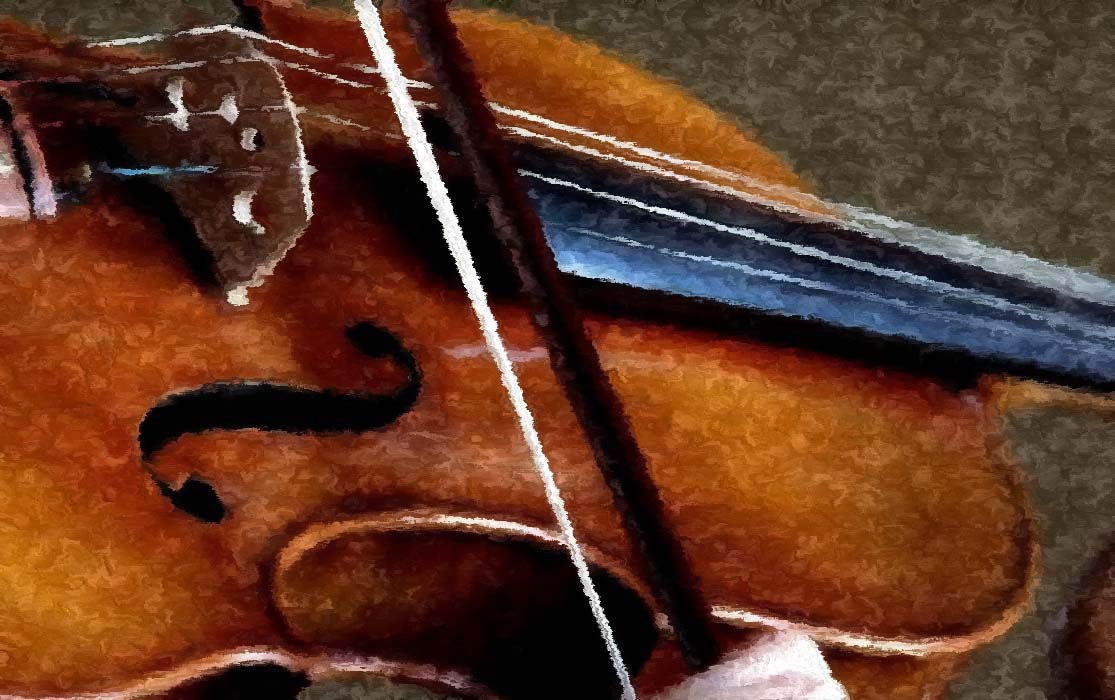Most of us who study the violin dream of one day playing the late Beethoven string quartets. Most of us never will. Why? They are excruciatingly difficult. Due to the incredible technical requirements, as well as the complexity to coordinate four virtuosic players, they tend to be tackled only by professional quartets that rehearse together on a daily basis.
That is why there is so much excitement surrounding the upcoming Knoxville Symphony Orchestra Concertmaster Series performances on Wednesday and Thursday, April 5 and 6, of Beethoven’s String Quartet No. 16, Op. 135 – the last full work Beethoven wrote just months before his death.
As many composers are wont to do, Beethoven used the string quartet medium to explore musical ideas, including new approaches to structure, tonality, and rhythm. Listen to string quartets from Mozart to Shostakovich and you will discover the myriad ideas these composers grappled with – finding solutions that would later become elements of their major works.
It’s fascinating to hear where Beethoven was heading with String Quartet No. 16 and what we might have heard in his symphonies had he lived beyond his 56 years. The first movement, for example, tricks you into thinking you’re hearing classic Beethoven, while he takes you on an unexpected chromatic wild ride. In the second movement, be prepared for an almost PTSD-evoking reaction with bar line-defying rhythmic complexities that challenge even contemporary audiences, let alone those of almost 200 years ago. As for the strikingly-beautiful third movement, if you were to “drop the needle,” you might well guess the composer was Brahms or even Mahler. Finally, in the fourth movement, Beethoven literally cries out life-altering questions written in his manuscript using strident and harmonic chords that impatiently demand answers. This is not something we heard from youthful Beethoven. This is mature Beethoven, seemingly wondering what’s next.
To put this iconic quartet into perspective, Concertmaster William Shaub will start the program with one of Beethoven’s early works. Shaub has clearly demonstrated in his programming over the years that he is not afraid to mix things up. He will add the freshness of a living composer, Alexandra T. Bryant, and her four-movement work, The Open. Bryant’s piece will be paired with four paintings curated by the Knoxville Museum of Art that will be displayed on monitors. Shaub will also offer the surprise of a classical composer who has only recently come to the forefront, Joseph Bologne, Chevalier de Saint-Georges, with his Sonata for Two Violins.
The final word, however, and the final question and answer, belong to Beethoven. As noted in the manuscript, he titled the last movement of String Quartet No. 16 as follows: “Der schwer gefasste Entschluss” (“The difficult decision”). He then prophetically asks, “Muss es sein?” (“Must it be?”) and emphatically answers, “Es muss sein!” (“It must be!”)
Given that he died a few short months later, it is fitting that the punctuation mark he places on his life’s work is one of exclamation.
“William Shaub and Friends”
Knoxville Museum of Art, 1050 World’s Fair Park Drive
Wednesday & Thursday, April 5 & 6, 7:00 PM
Tickets and Information









I’m trying to reach Diana Salesky, regarding Vanderbilt music school.